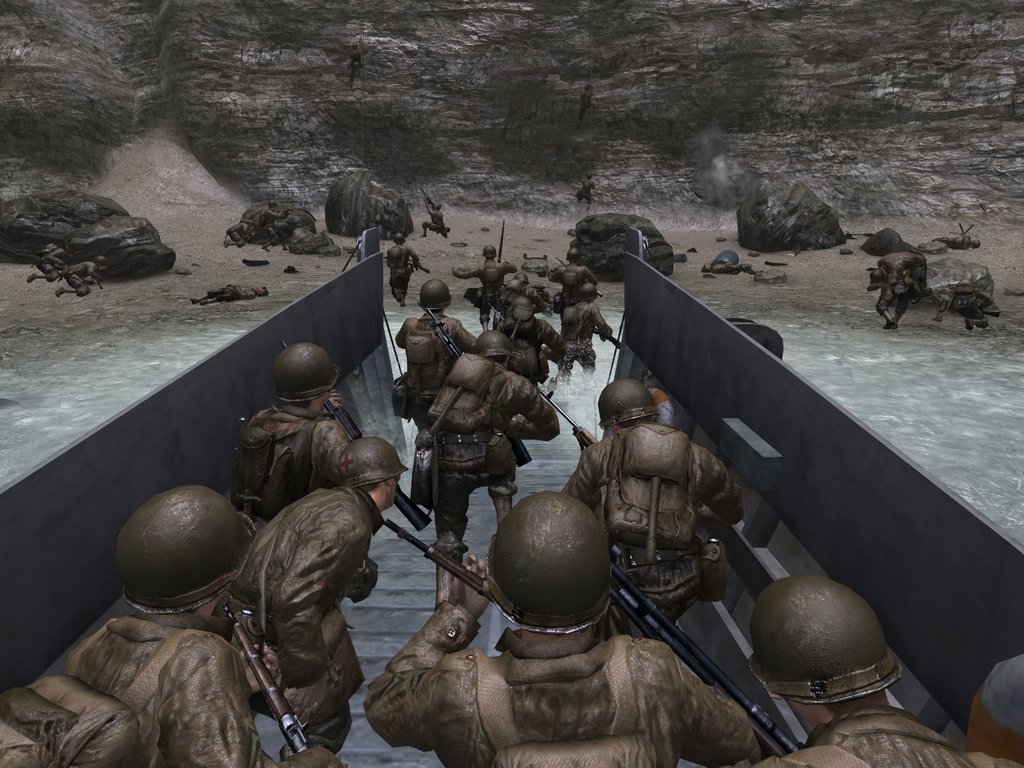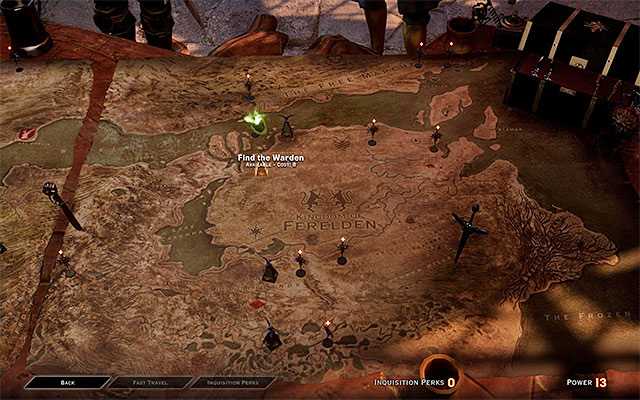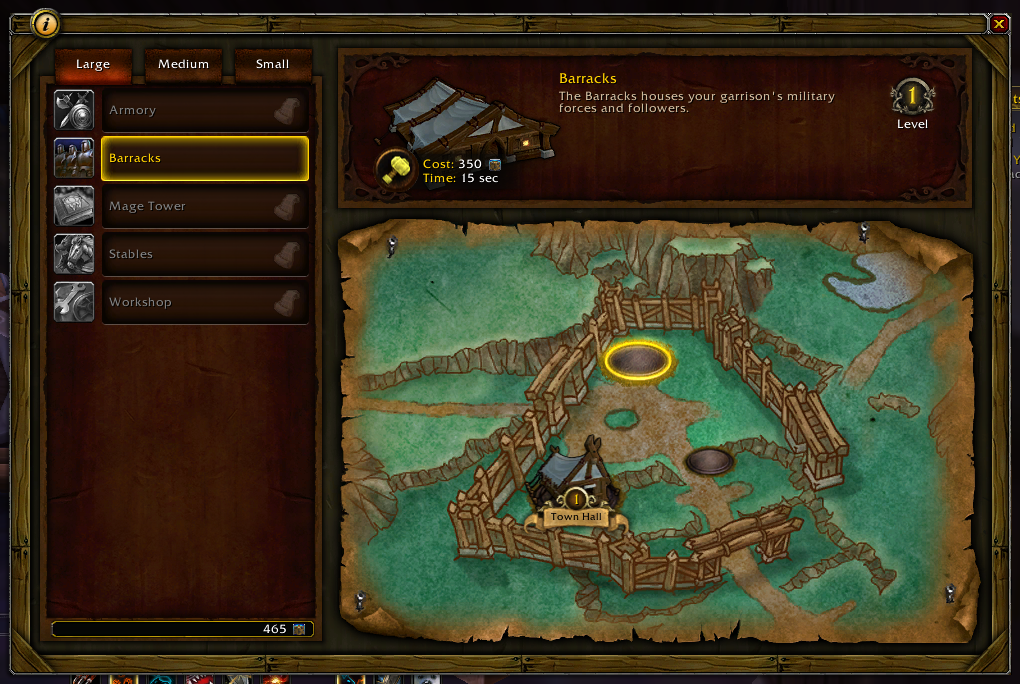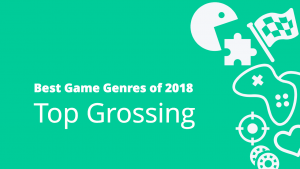Free to Play: Coming to everything near you!
Since F2P became the dominant business model in mobile games, AAA publishers are anticipating changes throughout other platforms as well.
All the signs are pointing to the big traditional publishers to double down on digital games-as-a-service type models, especially free to play. EA’s recent earning calls show that their digital offerings are growing healthily, and that the CEO plans to continue to focus on delivering core experiences but with a free to try model. Activision’s headline for their earning call was Hearthstone and Destiny. They brought in $850M alone in new revenue. Now more than 46% of Activisions profits are coming from digital storefronts, not games sold in stores. Nintendo will clearly be focusing more on digital in the upcoming years. They are collaborating with GungHo on Pokemon Shuffle, and their recent financials shows their digital sales are a glimmer of hope in their rocky future.
The traditional big publishers are shifting to digital sales and free to play. We will see a bigger and bigger shift in game design of the mainstream commercial products because of this.
But shifting to digital services for many of these publishers is no easy task. The pay-to-play vs free-to-play model is drastically different when it comes to design. Thus far many attempts haven’t worked. Either the designs copy far too much from current free-to-play models and leave the current base alienated, such as “Age of Empires Castle Siege” by Microsoft. Or the designs are clearly a pay-to-play game at its core, and they fail to retain players long enough to generate revenue.

This is Age of Empires Castle Siege. A clear clone of Clash of Clans in an attempt to bring F2P to Windows 8/Mobile.
But publishers are starting to get this mixture between traditional game design and free to play game design right.
My prediction is that in the next few years we are going to see some excellent titles that really start to bridge the gap between free to play design and traditional game design.
Why can’t Call of Duty be F2P?
Traditional games, like Call of Duty, have been massive budget affairs. I remember working on Need for Speed in 2008 when we discussed the “D-Day” experience that is imperative for all console titles. The first experience a player gets within a console game has to be jaw dropping. This term came from the first Call of Duty game. The first mission had the player fight on the beaches of D-Day. The experience was a faithful recreation to the actual event in World War Two. This single mission cost a large portion of the budget for the game and it was worth it — the first experience players had with the game was incredible. This ecstasy created from this experience made them talk about the game, tell friends, and purchase subsequent titles. These experiences brings in millions of players. These graphics pushes player beyond the $60 entry price to get the game.
Free to Play games thus far haven’t really cared about this. Clash of Clans, Hay Day, etc. have nice art styles. But just by looking at the advertisements I already understand what I’m getting: a simple distraction. Not an experience.
There is a reason why most F2P games haven’t really focused on this experience. It comes down to what defines the game as successful. Pay to Play games like Call of Duty just need to get players past the entry fee of $60 and excited enough within the game to develop some word of mouth. If they beat the game after 14 hours and never play again, the publisher doesn’t care. F2P games are the opposite. Their focus is on driving long term retention. This comes with a price on the experience. The experience is slowed and blurred by timers, complex economies, and slow pacing.
Thus far pay to play experiences haven’t merged with free to play because no one has managed to build a strong experience while pacing the player properly.
I’m proud of the work Wooga is doing to push higher quality experiences in Free to Play games. Agent Alice and Pearl’s Peril are two games that are pushing the bounds of F2P on mobile. The games center around a strong serial narrative. The central narrative last for years within the game, because its given to the player only on a once-per-week basis (like TV shows). These games have found a sweet spot between giving a strong experience to players while pacing properly for long term retention.
How can Console move to F2P?
To merge strong experience design and long term retention is not easy. But we’ve already seen excellent examples of how game designers are subtly nudging their designs already down this route.
To see an example of strong retention design, play Dragon Age Inquisition. Dragon Age Inquisition was released late 2014 to critical success. The game is massive (it took me over 50 hours to complete) and the story line was captivating.What really marked the game as something different for me was managing your army in the war room.
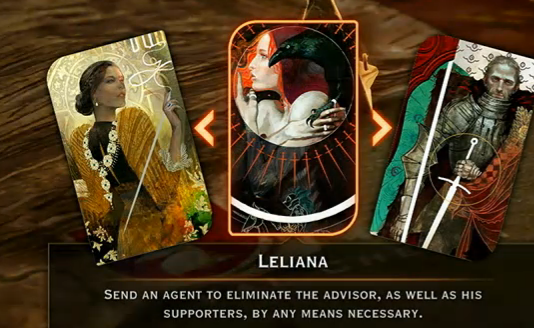
War Room decisions were an interesting take in Inquisition. Players had to weigh between available operatives and their intended effect.
Dragon Age has an interesting meta-game or macro-decision making structure outside the usual grind of quests. The player has a war room which they have three operatives, a political mastermind, a spy master, and a general of an army. These three operatives can be sent out on various missions throughout the world. Each mission takes a specific amount of real-world time. So even when you’ve left the game or gone on long quests, these missions will continue. This type of design has been done in multiple ways, including Mafia Wars (the original Zynga hit) and even some Assassin’s Creed games. What adding this system does is give the game two levels of management for the player: a decision about what they should do with their time on the couch, and what actions should be done by the automated systems.
This two-tier system I expect to see in many more games in the future. This two-tier structure allows games to have its cake and eat it too. The player makes decisions about whether they want to do the necessary grind to progress in the story, or hand over the grind to automated systems. The timers included in the automated systems make sense — that time would have been done by the player themselves.
Dragon Age Inquisition shows that AAA design can drive long term retention. It requires progression to be gated by an economy instead of simple linear progression.
In order to accomplish this two-tier progression system, there must be an interesting economy that the player in engaged in. This type of system can only work if there are more currencies utilized than a linear progression system. If players are just moving through levels as quickly as they wish with only skill to pace them, these games aren’t going to last very long. The content will run out quicker than you can produce.
To pace players you will have to use economies and currencies. In Dragon Age Inquisition they use “Power”. This currency is gained by completing side quests, sending agents on missions, and collecting and crafting items that aid your armies. In order to progress in the story, players must collect enough power and purchase the ability to start the next mission. This makes sense in the narrative and paces players properly.
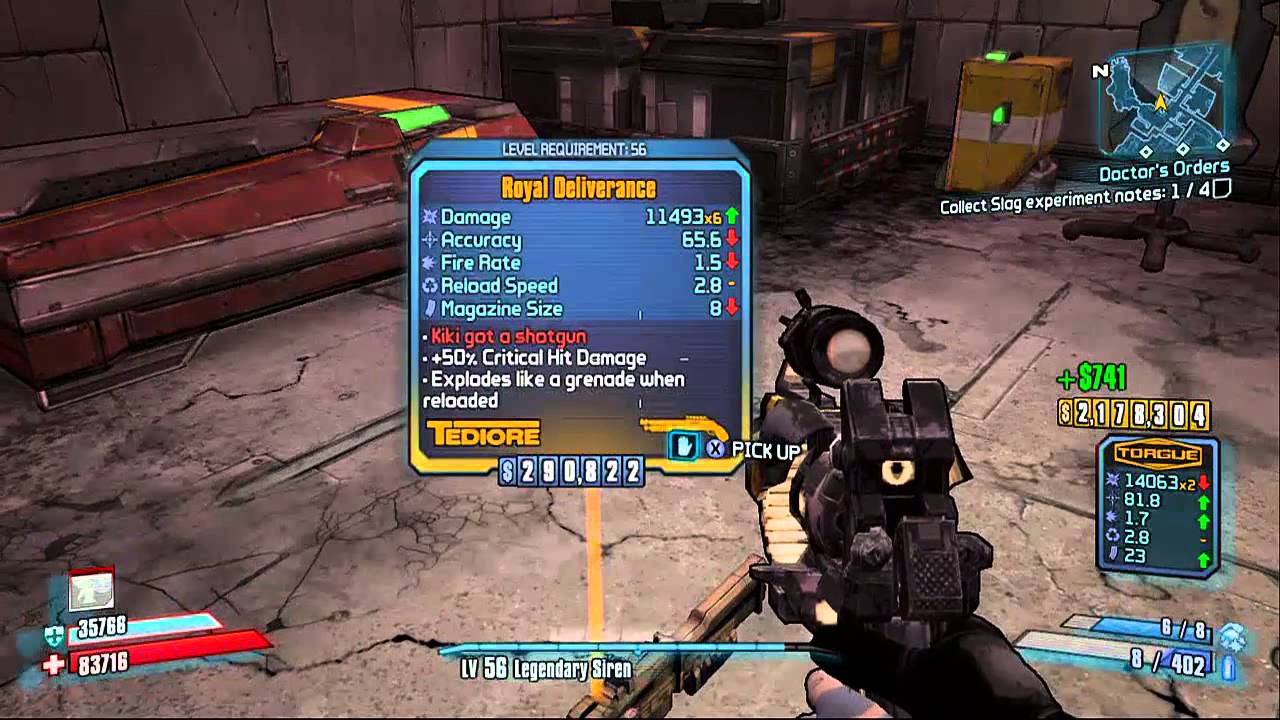
Borderlands proves that a loot drop system can work in other genres beyond RPGs. Progression can be slowed by pushing players to collect better items.
Other genres have already shown excellent designs on how economies can be injected and feel natural to the game. Borderlands shows that loot-drop systems can be used to make players need to collect and grind for items before they can progress in the game. Destiny shows that this model can be taken to work at a MMO level.
World of Warcraft’s new expansion “Warlords of Draenor” shows that even village-building components make sense. For WoW, the first tier is engaging and grinding through raids and quests with friends. The second tier is managing your garrison, the auction house, and your followers.
This two-tier approach is the key for future AAA games to bridge the gap to F2P and games-as-a-service. When players are engaged in a properly managed economy, pacing can happen, and long term retention can occur in a strong console-like experience.
The Future is Cross-Platform
I expect that in the coming years many more console and PC titles that are aimed at the mainstream will move to games-as-a-service models and in its wake we will see designs shift to a more economy-focused design.
Players will have two-tiers of managing their game: Players can grind through open world environments to collect resources, guns, loot, or any other designed economies. Or players can engage in the second tier: sending their army, their followers, their pet robot, to collect and grind for them. This tier is managed through monitoring timers and making commitments to return.
This second tier can be managed on console/PC, but more likely these games will have companion games which allow their timer management to be done on their phone. In this way each platform delivers on its strengths: The Console/PC deliver amazing graphical experiences that last for hours, and Mobile delivers strong session design and long term commitment from players.
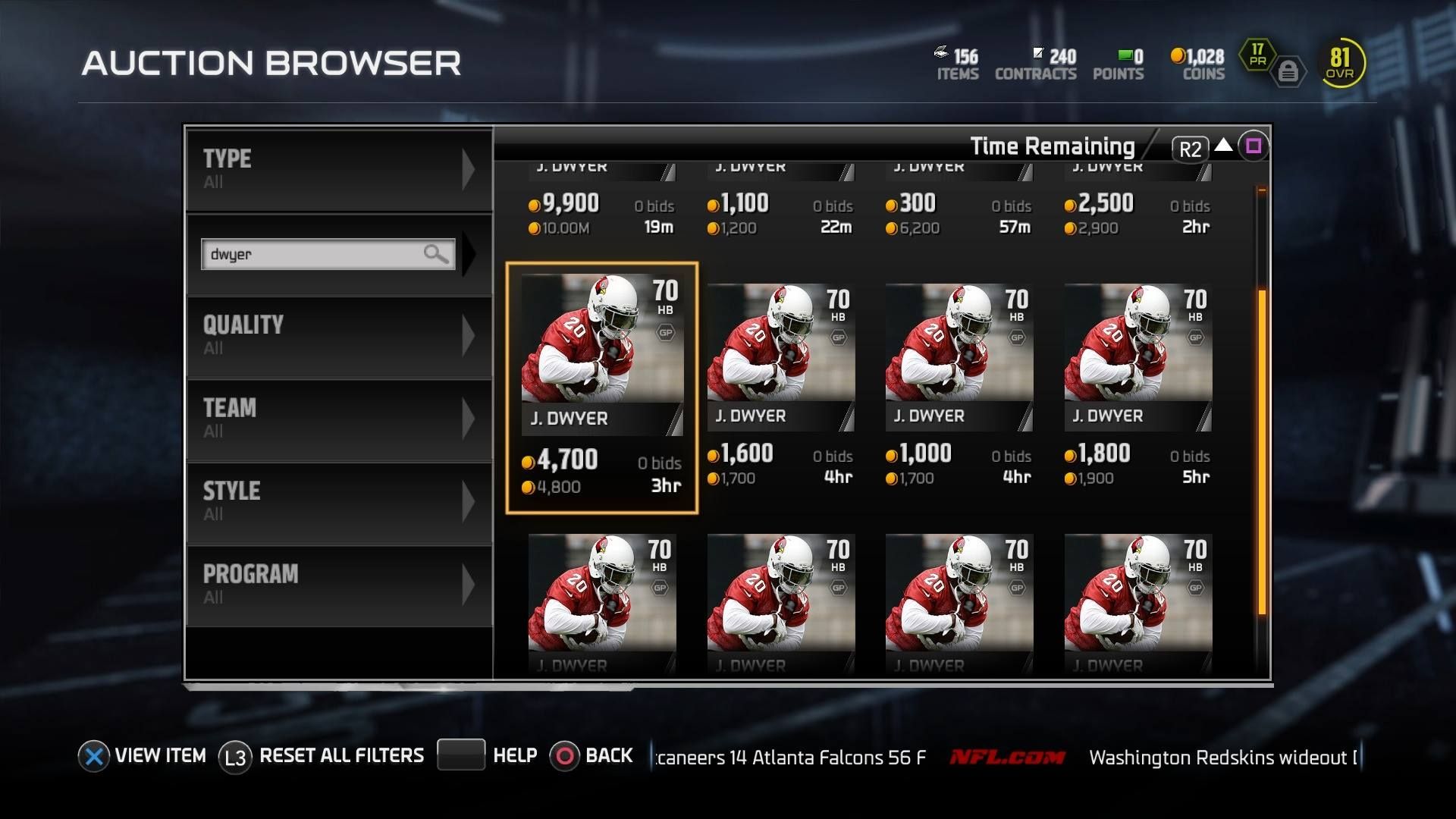
Expect that Console and PC games will slowly push players to engage in their economies outside the game. Using companion games on mobile, these games will keep players connected.
We can see this with games like FIFA 15 and Madden 15. Play the game on your console, but while you’re away you can bid on new players and trade players. The game never leaves you and this feels natural.
Each platform delivers on its strengths: console has great controls and gameplay that can’t be matched by phones or tablets. Mobile allows the player to be always connected and engaging with the economy.
Expect this type of interaction will become the norm for future EA games and digital games overall.
Wrap Up
The traditional gaming space is clearly showing signs that its moving towards a digital future.
To make this transition, game designs will need to change. In order to move to this model, commercial games will have to adjust their progression systems to focus on economies and currencies to gate and pace players.
When economies are injected, a two-tier progression model can take place. Players can make choices between grinding out progression themselves, or using automated or timer-based systems to grind out for them.
When a two-tier system is in place, you can create games that are always connected. Cross-platform services that have the players attention whether they are playing on the couch or are out and about.
This is how the industry is moving. A digital future that is focused on games-as-a-service, long term retention and always-connected play.
Will pay-to-play games die off? Most likely not. But they will not exist in the same mainstream context that they do now.
Will this transition to games as a service and long term retention water down the experience of our players?
That’s really up to designers like you. We as game designers must find ways to make economies engaging and complement the experience rather than detract from it. How that can be done is yet to be seen.




